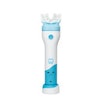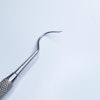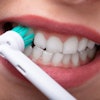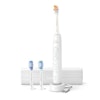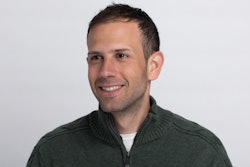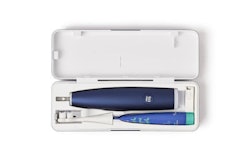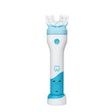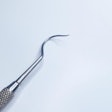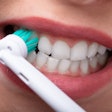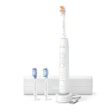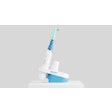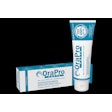How do you document your patients’ treatment experience? Recording accurate patient information and treatment is essential for good patient and risk management.
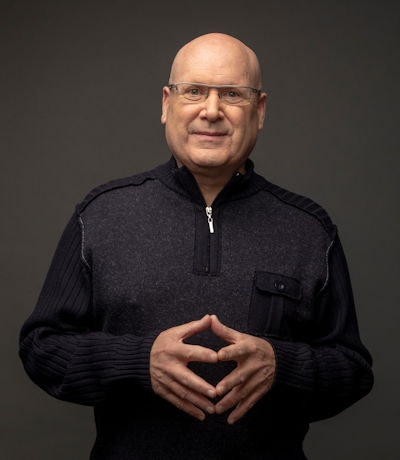 Dr. Lou Shuman.
Dr. Lou Shuman.
Many times, the dental chart is the most important source of information on the patient visit for many purposes, including communication, insurance claims, liability claims, or board complaints.
Manually taking notes for the chart or dictating to a dental assistant or a recorder is not enough anymore. Now, DentalBee takes documentation to a seamless and more efficient new level.
I spoke with Mohamed Aly, founder and CEO of DentalBee, to find out more about this innovative artificial intelligence (AI)-based technology.
Dr. Lou Shuman: How does DentalBee differ from all of the other “dental scribe” products out there?
Mohamed Aly: Scribbling or jotting down some notes while trying to communicate with your patient or talking into a recorder after the fact is a risky way to run a dental business. You need more than just the bare bones of the doctor-patient interaction in the record for many reasons.
DentalBee is a seamless system that can capture conversations in operatories, consultation rooms, or doctors’ private offices in a quick and simple way and enter them into the patient record. Our AI-powered scribe understands dental terms and medication names as it monitors the conversation and identifies the people in the room from the context, whether it’s a patient, assistant, or doctor.
The platform assesses whether the context is clinical or nonclinical while understanding context, material names, lab names, and dental terms. It then transcribes the conversations from speech to text, sorts and analyzes information by its clinical relevance, and places the information in a customized format created for the practice.
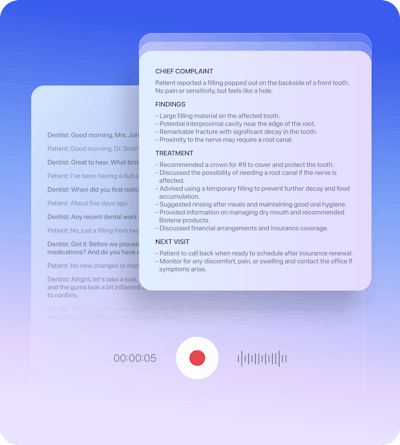 A DentalBee-created clinical note based on a dentist-patient conversation.Images courtesy of DentalBee.
A DentalBee-created clinical note based on a dentist-patient conversation.Images courtesy of DentalBee.
The clinical notes include specific procedure details, including materials and products. With this level of documentation, no information about the patient’s treatment is overlooked. Looking back on this information can help with preparing for or recommending future treatment opportunities -- facts that can be overlooked or missed in the chart when the dentist or hygienist is concentrating on the busy appointment in progress.
DentalBee can also be very helpful with emergency patients or in offices where multiple dentists are caring for patients. The documentation from the emergency appointment can be easily accessed, transferred, and combined into a new template to complete treatment or for future treatment options.
Other than clinical aspects, how else can dentists use the information?
Some dentists want to save a personal note from the patient to build relationships. For example, if a patient’s child is in a school band, the next time the patient returns to the office, they can remember to ask about the last concert.
The platform can also create referral letters to other dentists. The communication can be formatted into any style, whether that’s a bulleted list, prose, or any format that can have the most benefit. DentalBee’s AI also learns from users’ activities, so it can edit the notes and correct itself.
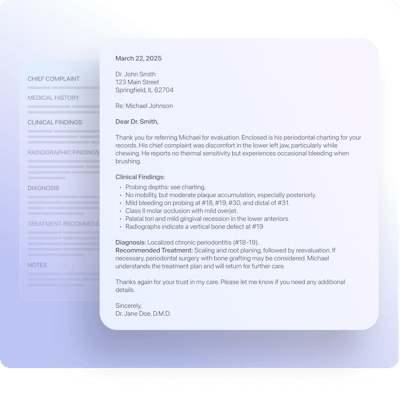 A referral letter created by DentalBee.
A referral letter created by DentalBee.
DentalBee can generate individualized patient instructions, which is far more efficient than handing them a printout of generic instructions with some extra scribbled writing on the top that can get lost or misplaced. This feature creates an interactive patient report with specific instructions from the treatment and doctor-patient conversation.
Dentists have accurate clarification at their fingertips if patients say they were not informed about certain aspects of their treatment; the record can even provide the patient’s part of the conversation. This can be very helpful if a patient claims they are unaware of the financial details of their treatment. When they realize their consultation was recorded and they agreed to the treatment, the dispute usually ends quickly.
Do you have to speak a certain way to be understood?
Doctors and staff can speak as they usually would. The grammar is even customized to the dentist’s preferences for grammatical style. For example, if the dentist always uses certain punctuation before a procedure, the AI is trained that every time it sees that procedure, it uses that punctuation.
How much time does DentalBee save?
Taking into consideration hands-free note-taking and perio charting, DentalBee can save up to two hours daily per staff member. And these detailed notes can lead to faster insurance payments, fewer claim denials, and specific information for legal issues. The secure recording storage can be accessed for up to seven years, which provides a long-term reliable backup.
Can DentalBee’s recording capabilities help with staff training or practice improvement?
Yes, analysis tools can be enabled that monitor soft skills, such as the clarity and friendliness of the team in discussions with patients. Information can be used to coach staff or determine how to handle patient requests for future treatment or questions about their progress. The return on investment for the clinician or organization can be substantial.
How secure is DentalBee?
Security is always a priority. The platform is HIPAA-compliant, and we are always working to stay ahead of new security rules and regulations.
Tell me about your technical support.
The DentalBee team can provide onboarding, training, and hybrid support, and, yes, humans are involved as well as AI. We encourage dentists to try DentalBee risk-free and witness firsthand the benefits of AI-powered documentation.
Editor's note: Learn more about DentalBee in this interview with Aly below.
Dr. Lou Shuman is the president and CEO of Cellerant Consulting Group and is professionally known for his expertise in Internet strategy, strategic relations, emerging technologies, digital marketing methods, and operational practice management.
The comments and observations expressed herein do not necessarily reflect the opinions of DrBicuspid.com, nor should they be construed as an endorsement or admonishment of any particular idea, vendor, or organization.
